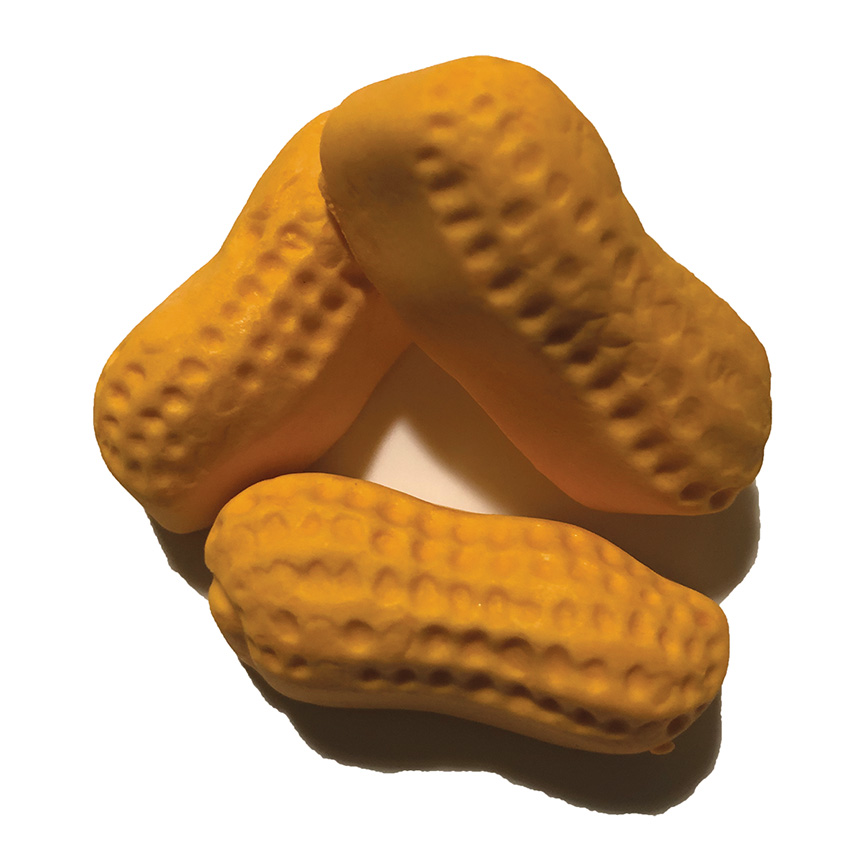
Dorri Partain
Contributor
What type of sweets will you get in your trick-or-treat bag? Once you’ve gobbled your favorites, there are always those that sit at the bottom of the bag.
Love them or hate them, these orange-hued Circus Peanuts certainly look like Halloween treats more than either circuses or peanuts.
Since their creation more than a hundred years ago, the recipe has remained the same, though no one has claimed to be the inventor of this peanut-shaped, banana-flavored marshmallow candy.
To achieve the over-sized peanut shape, a layer of corn starch is imprinted with the shape, which will absorb the excess moisture. A mixture of sugar, corn syrup, gelatin, high-fructose corn syrup, yellow color, and artificial flavor is poured into the mold and allowed to set up for 24 hours in a moisture-controlled room.
During World War II, when sugar was rationed, the liquid mixture was packaged in jars and sold as a sugar replacement; each peanut has 35 calories and is 99% carbohydrates.
Since 1941, the Spangler Candy Co. of Bryan, Ohio has been a major producer of Circus Peanuts, creating 32,000 pounds daily, some of which are packaged with the Spangler brand, while the rest are sold in bulk for repackaging. Brachs, Farley, and Meisler are additional companies that use the same process and ingredients to produce Circus Peanuts.
The creation of Lucky Charms cereal was due in part to Circus Peanuts; General Mills employee John Holahan added diced Circus Peanuts to a bowl of Cheerios and liked the taste. The shape of the cereal and marshmallow pieces was adjusted and Lucky Charms hit store shelves in 1963.
Despite the sugar content, Circus Peanuts are fat-free and free of major allergens, such as peanuts.


















